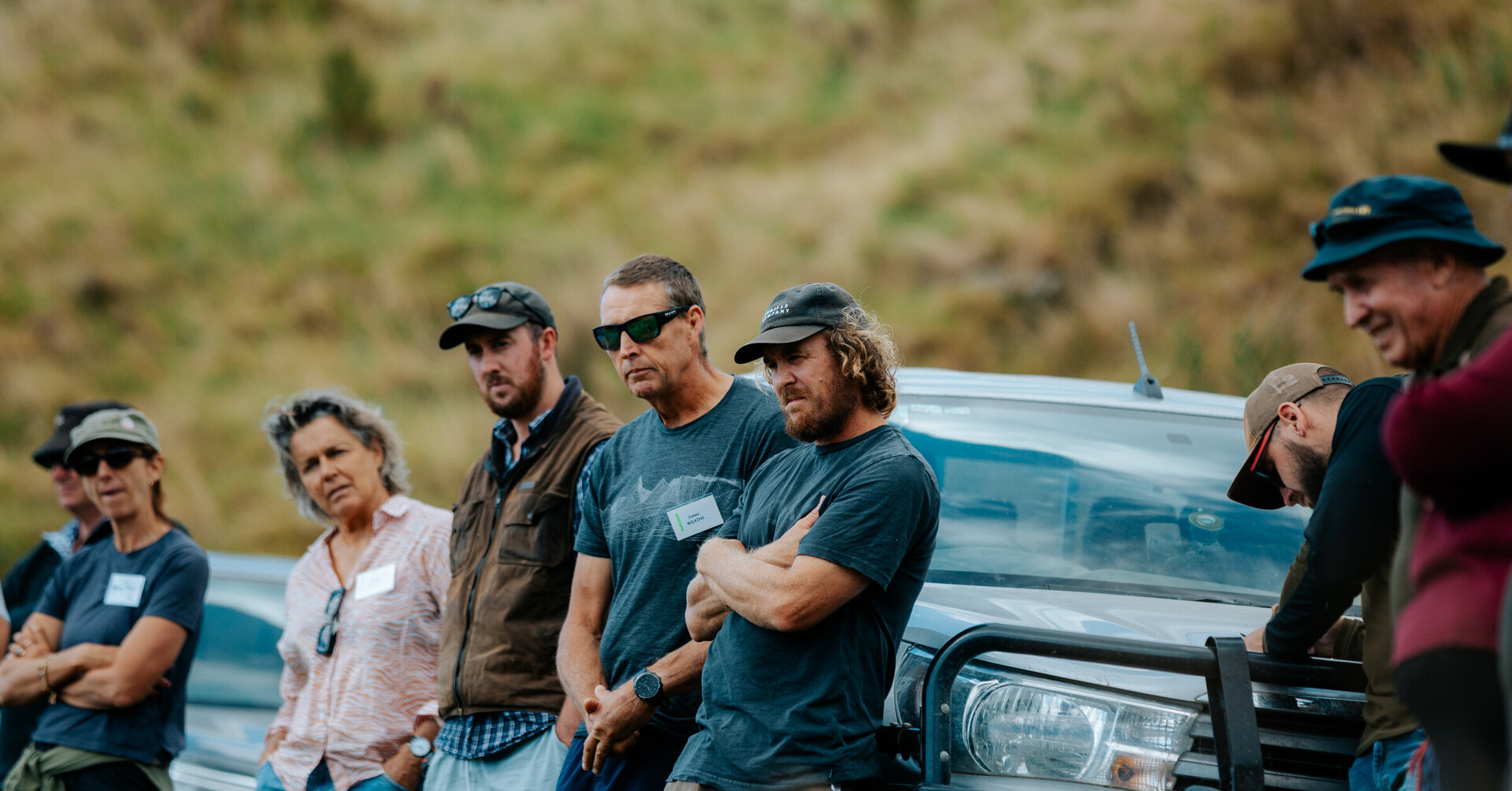Meet our Lighthouse Farmers: James and Donna Wilkins
In 2005, after nine years of running an irrigated dairy and cropping operation in Australia, James and Donna returned home to farm in the Pongakawa catchment. The family now have a spring calving dairy herd currently transitioning to autumn calving on 75 ha with 18 ha of kiwifruit.
In a recent conversation with James, he mentioned that the feedback of the lighthouse farm plan and catchment days inspired them to improve some of their systems. He stated that “the analysis exposed the weaknesses in our farm system.” He acknowledges that being pushed to look at their inputs, and having the proposition of grandparenting rules removed, has led to changes being implemented.
From James’s perspective, sourcing impartial scientific information, and working through the contrasting advice from industry’s vested interests, is an issue. This is a very real frustration for farmers and a barrier to change. Considerable time and energy is spent working through information and dealing with contradictory advice. “Looking into ways of reducing farm nutrient losses has made us realise that much of the information presented to farmers is influenced by vested interests, and almost useless.”
The main task underway is upgrading of the effluent system, aiming to spread at a low rate of 5 mm to reduce wastage through leaching of a valuable resource. A larger area for spreading is to keep the nutrients in the soil and allow fertiliser applications to reduce.
Low-rate fertiliser applications through a tow ‘n’ fert spreader is also being implemented, with the statement from James that, “without a doubt there will be no more capital fert here - it will be applied little and often.”
The Wilkins may feel like they have as many questions as answers just at the moment, however, they look forward to the many challenges physically and mentally. They are working through the process towards making some real gains in their farm’s environmental and economic performance, trying to view their actions and the effect these have on groundwater and the estuary.
*The farm analysis process involves building validated Overseer and Farmax models using actual farm inputs, a physical assessment of CSA’s and a farm environmental risk scorecard.



